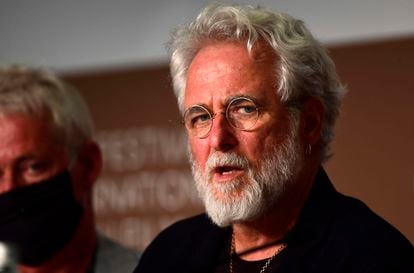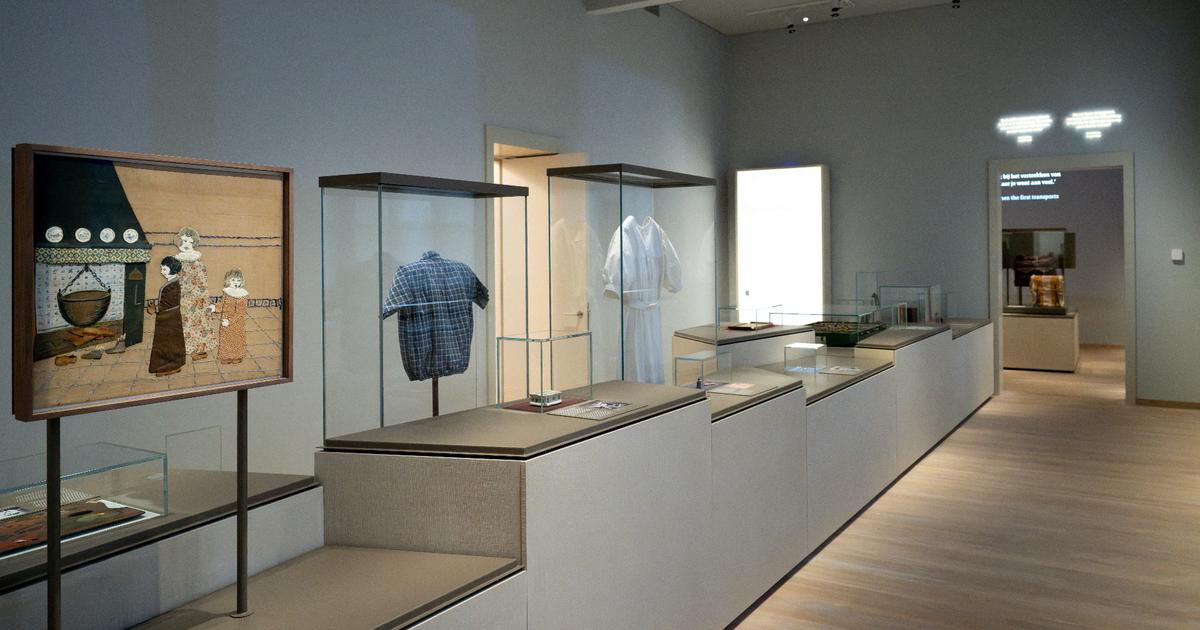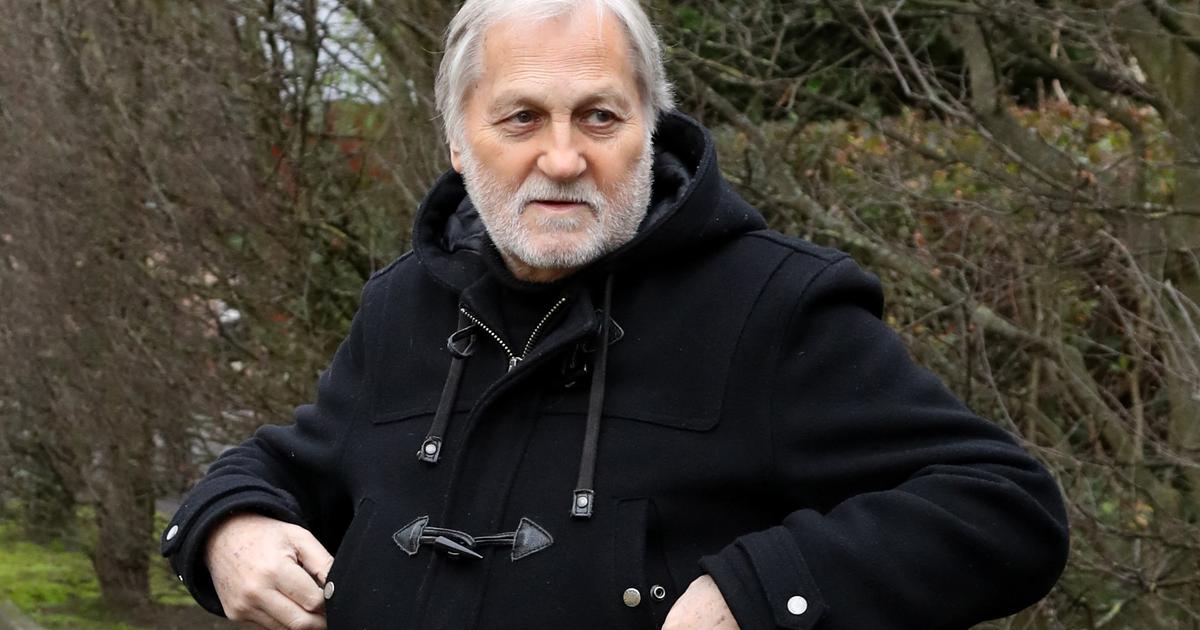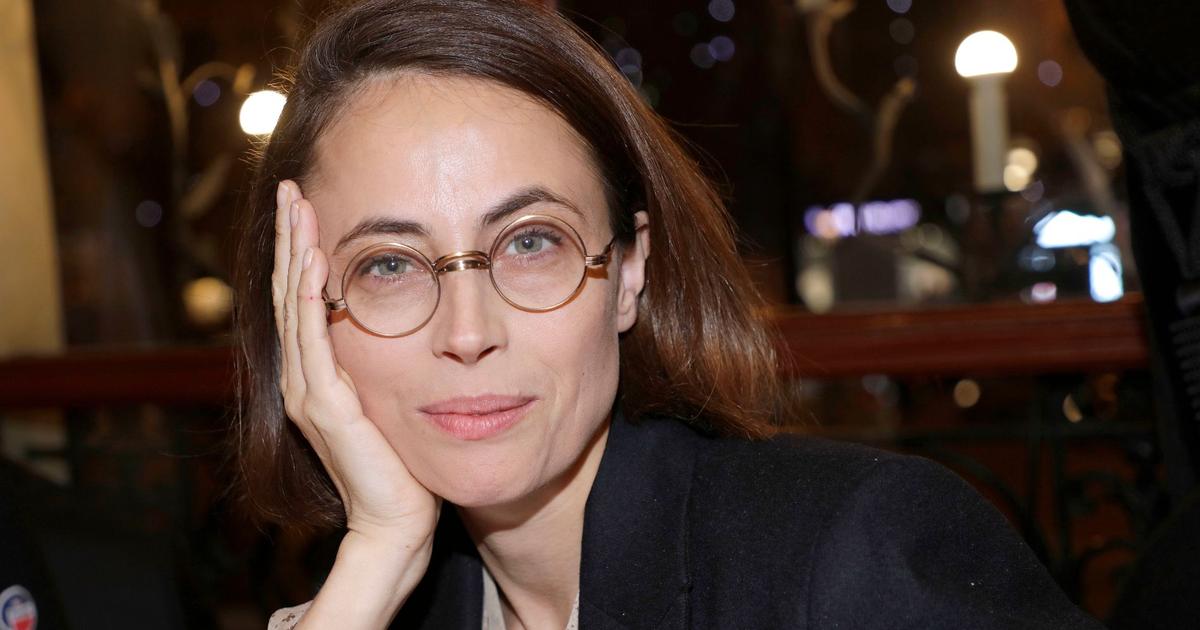Anne Frank and her imaginary friend Kitty, in a frame from 'Where's Anne Frank',
Ari Folman's parents (Haifa, Israel, 58 years old) survived Auschwitz.
So the Israeli filmmaker, an Oscar candidate with
Waltz with Bashir
(2008) and director of
El congreso
(2013) —with which he prophesied the current triumph of the digital image—, had the suffering of the Holocaust very much in mind since he was a child.
And others around him: he has never hesitated to speak about the situation of the Palestinians in his country.
"That is why this film goes beyond the memory of the Holocaust," he told today at Cannes, a festival at which his
Where is Anne Frank is
premiered out of competition
.
More information
Anne Frank, open case
The draft of the novel that Anne Frank wrote based on her diary published
Anyone who has visited the Anne Frank Museum in Amsterdam will remember that in the bedroom of the teenager's hideaway there were hanging photos of movie stars. She was a young woman like any other, to whom one birthday her parents gave her a diary. Those pages, which ended abruptly when in August 1944 the Grüne Polizei discovered the hidden floor above the company offices of Otto Frank, his father, have become a fundamental book to go beyond history and understand the feelings of the people who suffered genocide in World War II. Ana died of typhus in February 1945 in the Bergen-Belsen concentration camp. For all this, the film points out, the text has been made sacred.
Folman, who for a time was hesitant to accept the challenge set for him by the Anne Frank Foundation, has made several outstanding artistic decisions to come off a journey of more than a decade well. Its protagonist is Kitty, the imaginary friend to whom Ana tells her experiences in the newspaper. Kitty wakes up in a 21st century Amsterdam, immersed in a great migration crisis. And while that ghost —which only exists tied to the physical book, as soon as it moves away from it it dissolves, so it steals the volume to leave the museum— investigates what happened to Ana and reads the pages of the diary, walks to at the same time for a world more concerned with honoring the name of Anne Frank than with remembering the message her words conveyed.
The other big decision faced by Folman concerns the public. “I spoke with an old Holocaust survivor, and he confessed to me that he feared that the day the last of the concentration camp prisoners died the Holocaust would no longer be seen from a current point of view, and would be watched from a distance. because young people don't even remember it ”, explains the director, whose mother still lives at 99 and, happily, has seen the film finished. “That is why I thought of a film for children”, which tells the two and a half years that two families lived hidden in the false attic at the same time and describes the current world. “There are many organizations that help children in war today, we are not talking only about the memory of the Holocaust. There are millions of children in war zones. One child in five is in danger ”,informs the director.
Critics at Cannes have been divided by this assumption of certain
naïve
moments
in the footage, and have entered a debate that Folman rejects: he has meticulously stressed that his film does not compare the Holocaust with other current humanitarian crises. "We wanted to perpetuate the heritage of Anne Frank and apply it to what is happening in the world today, but not even the artistic part, the drawings, are the same between what is narrated in Anne's time and in the part developed today", has influenced. "In short, no artist can control the interpretations that are made of his art."
It may be that the end of the friendship story between Kitty and Peter, a petty thief she meets at the museum, who runs a migrant shelter, a place where Kitty will find refuge, may be innocent.
But Folman is very concerned that a book that was previously compulsory reading in schools has become an antiquity to be preserved, "falling into the iconization of Anne Frank", forgetting the message.
Both his producers and he have highlighted the danger of growing anti-Semitism, of violence against civilians in wars and the triumph of extremisms, "all terrible, wherever they come from."
Ari Folman, at the press conference in Cannes this Saturday of 'Where is Anne Frank'.CAROLINE BLUMBERG / EFE
The film is accompanied by a comic, published three years ago, and an educational program. End of a very long journey —Folman joked that his little daughter, who was 6 years old at the beginning of the project, does not remember her life before this film— but that unfortunately she talks about something that happens today: “The father of Ana, Otto [the only survivor of the family], always insisted that her daughter's memories were universal material, not only focused on the tragedy of her family and that of the Holocaust. That is what I have tried: to spread his legacy ”.




/cloudfront-eu-central-1.images.arcpublishing.com/prisa/7C3LUM4R75AU5MMLTKFXM4GDUA.jpg)




